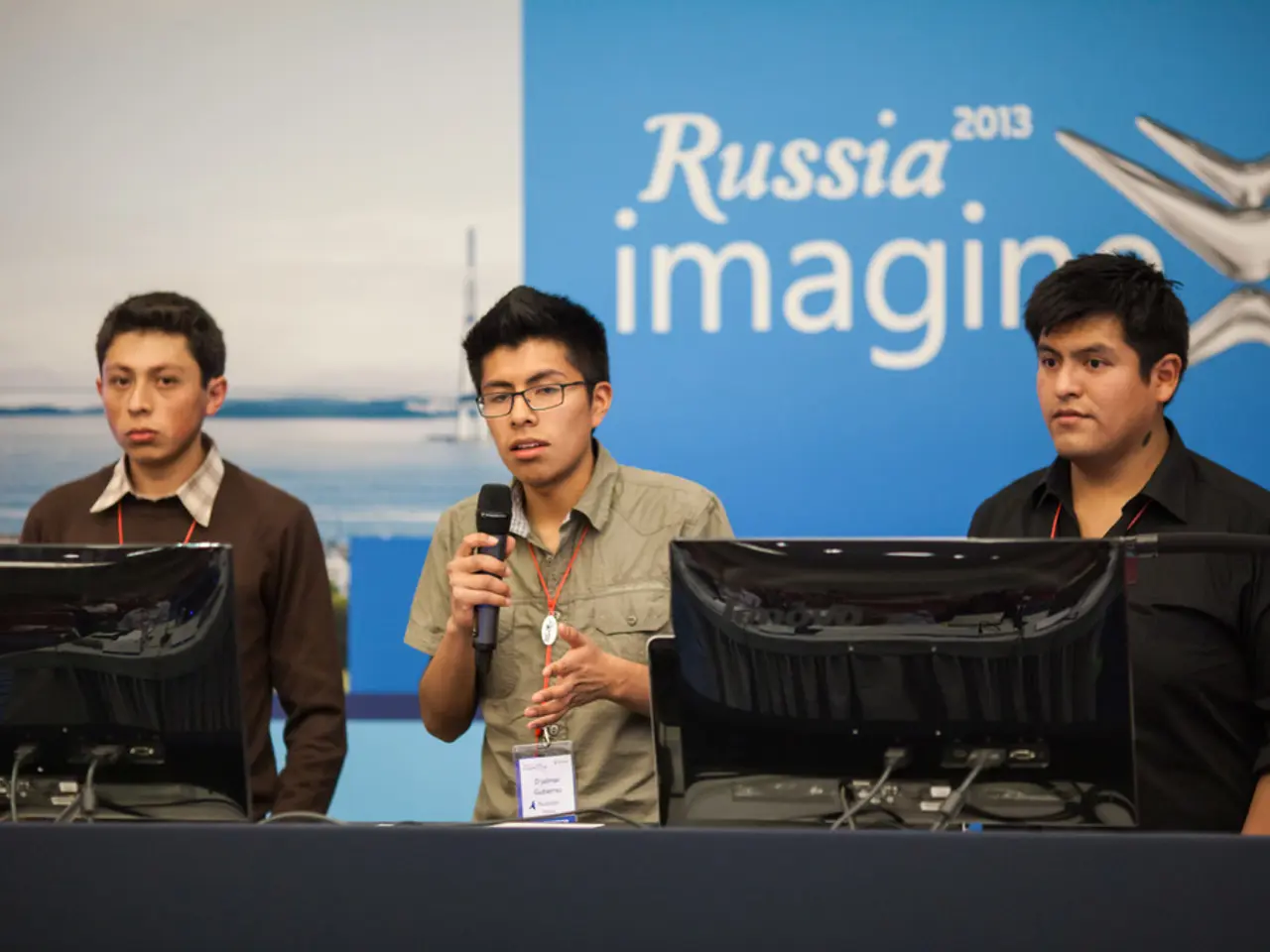The Evolution of Technical Expertise in the Government Sector by 2025
In 2025, the public sector is experiencing a significant shift as technology becomes an integral part of service delivery, innovation, and security. Public servants are no longer just required to have basic digital literacy; they need advanced digital capabilities such as AI, data analytics, cybersecurity, cloud computing, and process management to meet the demands of the modern world[1][2][3][4].
To ensure accessibility, efficiency, and security in government services, mid-career and ongoing upskilling focused on AI proficiency, cybersecurity awareness, and digital service implementation is essential. For instance, Kenya’s public servants are enhancing their technology skills to support online services like integrated bill payments[1]. Similarly, Estonia employs a tiered approach: basic digital skills for daily tasks, innovation and transformation skills for managers, and strategic reskilling partnerships to maintain digital capacity aligned with evolving citizen needs[3].
The public sector is also embracing blockchain technology, which enhances transparency and security in public sector operations. Processes like voting, land registration, or fund distribution become more reliable with blockchain technology[5]. Municipalities are using blockchain for grant allocation, requiring professionals to know how to create traceable records that reduce fraud risks[6].
Artificial Intelligence (AI) and automation are simplifying routine administrative tasks in the public sector[7]. Waste management departments are using IoT-enabled bins that notify teams when full, necessitating workers to adapt by integrating technical upkeep with operational logistics[8]. Professionals working with geospatial technology need to develop skills in data interpretation, spatial analysis, and software proficiency[9].
City planners are using Geographic Information Systems (GIS) tools to design efficient transport routes or monitor environmental changes[10]. Smart traffic lights, environmental sensors, and utility monitoring systems enhance urban management, requiring professionals to manage IoT devices, analyze continuous data streams, and maintain secure system operations[11].
Cybersecurity technologies play a crucial role in protecting sensitive information across public sector organizations[12]. Public sector professionals need to master secure encryption methods, access controls, and compliance protocols to safeguard critical systems[13]. A third-party vendor CJIS guide is an invaluable resource for law enforcement personnel and administrators navigating this space[14].
Tools like GIS enable detailed mapping, infrastructure monitoring, and resource allocation[15]. The Internet of Things (IoT) connects public infrastructure through connected devices and real-time data[16]. Embracing technological advancements is key to building a capable workforce that is prepared for tomorrow's challenges in the public sector. By adopting big data analytics and blockchain solutions, organizations will enhance their ability to serve communities with precision and foresight in 2025's fast-evolving world[2][4].
- To adapt to the evolving demands of the public sector in 2025, professionals must undergo ongoing skills training in AI, data analytics, and cybersecurity to manage IoT devices and analyze real-time data.
- Advanced digital capabilities such as AI, data analytics, and cybersecurity skills are essential for public servants to support online services like integrated bill payments, mentions the text about Kenya's public servants.
- Embracing technology like GIS and IoT requires professionals to develop skills in data interpretation, spatial analysis, and software proficiency, as demonstrated through the example of smart traffic lights and urban management.
- As the public sector adopts blockchain technology for processes like voting and grant allocation, professionals should focus on learning how to create traceable records that reduce fraud risks, emphasizing the importance of data security in these new systems.




